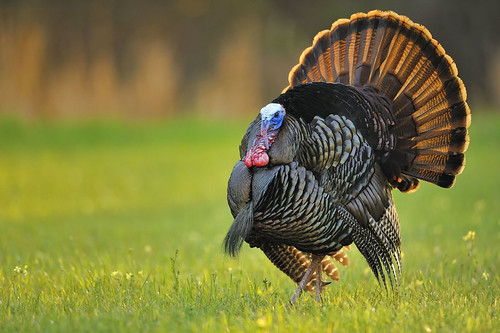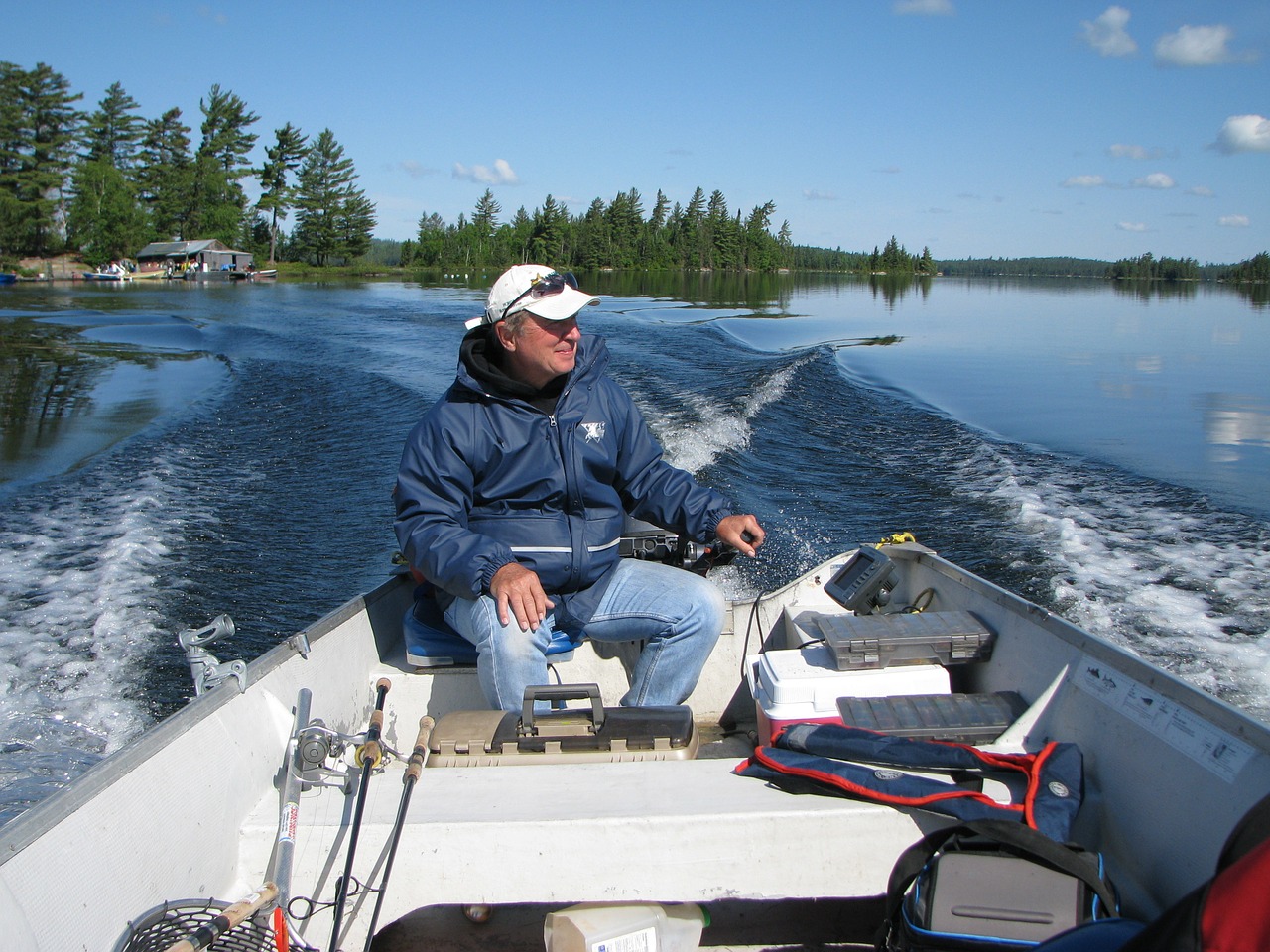Avoiding these 10 all-too-common turkey hunting mistakes is sure to increase your chances in finally bagging that glorious gobbler.
As turkey hunters, we are hopelessly lost souls doomed to have misery and misfortune as pretty near constant companions. When one of the sport’s grand old masters, Archibald Rutledge, opined that “some men are mere hunters; others are turkey hunters,” he spoke from a perspective of deep, personal understanding. As he knew all too well, one of the sport’s distinguishing characteristics is the telling and retelling of tales of woe and accounts of how things somehow went badly wrong. Just look at the sport’s distinctive terminology—“bad bird,” “call shy,” “walk-away tom,” “hermit gobbler,” “all henned up” or “hung up”—those are just ways of explaining how things somehow went awry. The sport is riddled with mistakes, miscues, mischance, misapprehensions, misses and sheer misery. The following offers insight to the worst turkey hunting mistakes we so often make and how to avoid them.
Operator Error
While turkey hunters may be misfortune’s favored sons, the undeniable truth is that plenty of “operator error” enters the picture. Wild turkeys aren’t near invincible or incredibly elusive creatures. They are just super wary and blessed with exceptional hearing and sight. In the final analysis much of what goes wrong on turkey hunts, and thereby engenders the kind of storytelling and excuses (in the end, excuses are what most of the tales regarding meatless days involve) endemic to the sport, rests squarely on the hunter. He goofs up and comes home empty-handed but well supplied with explanations for why that’s the case.
Basically, a more realistic approach demands a bit of harsh self-analysis. Hunters make mistakes and turkeys survive to gobble another day. That’s the reality of the matter, and the truly introspective soul at some point has to address the matter in a practical way. What follows—a list of some of the most common turkey hunting mistakes—is an attempt to do precisely that. I might add that they come from a vast storehouse of personal experience, because I’ve made all these mistakes and a whole passel more. You might almost say I’m a soldier of misadventure when it comes to turkey hunting, but that doesn’t mean I don’t keep trying or don’t “build time” by being afield. Occasionally the gods of the hunt either take pity on me or cast a bit of light my way, and it behooves me, as it does every hunter, to do my darndest to override turkey hunting mistakes. Here’s a look at some of them.
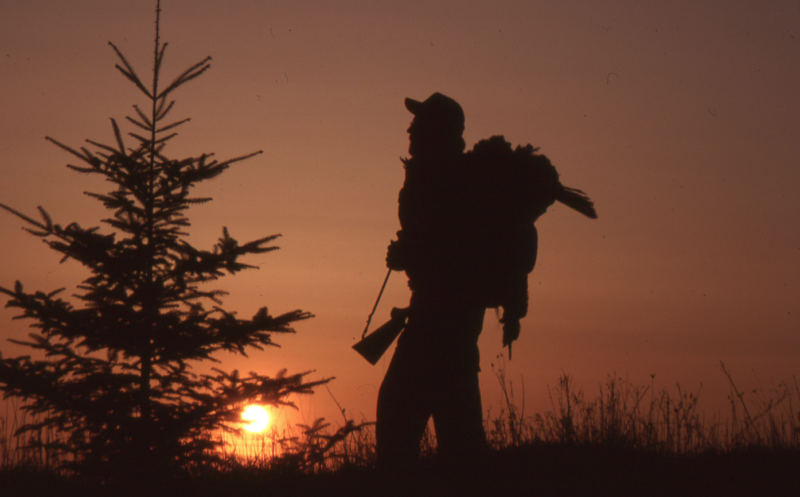
1. Choosing the Wrong Location
One of the most common turkey hunting mistakes is choosing the wrong location. Sometimes the hunter has to set up almost immediately. Most often though, he has time to ponder and select a site. You should be well-hidden with a large tree, stone outcrop or other solid background if possible. Use of a blind or some clipped brush can add to concealment, and if you are prone to squirming or become uncomfortable after sitting for a time, a good “hide” is a must.
Try, if at all possible, to avoid setting up near geographical obstacles. A ditch, fence, thicket, creek, blow down or the like can stop a turkey dead in his tracks. Then there’s the matter of sight distance. If you can see a bird 200 yards away, rest assured that in most circumstances (a bird in the field where you are hidden away in the woods is an exception) he can see you. Try to set up where a bird will be within shooting range before you can first spot it. For example, setting up 30-35 yards below a ridge line will mean a bird is within range as soon as he’s within sight.
2. Misjudging Distance
When it comes to pure misery, few things are worse than shooting at a glorious gobbler, knocking him over and then seeing the bird take the aerial or ground route for the next county. You know the bird is wounded, maybe mortally, and chances of recovery are slim. As a rule, this turkey hunting tragedy transpires because of taking too long a shot. Simply put, “stretching barrels,” whether through use of custom chokes, 3 1/2-inch shells, special blends of heavier-than-lead shot or any of many other gimmicks, has a distinct downside. It comes with the temptation to take too long a shot, but an added factor is “guessing” the distance wrong. That’s a mistake to be avoided.
The surest way to stay within your gun’s patterning capabilities is to use a small range finder. Once you set up, check the distance of several readily discernible landmarks—trees, stumps, bushes and the like—and know your distances. Another useful rule of thumb is that if you can see a bird’s eye he’s within gun range. Also, keep in mind that turkeys in open areas such as fields, food plots or roads invariably look closer than they actually are. Dial in on the importance of distance and you will avoid the cardinal sin of shooting at a turkey which is too far away.
3. Errors in Woodsmanship
The old adage about calling resulting in 10 percent of the turkeys killed and woodsmanship accounting for the other ninety percent might be a stretch, but there’s no denying the vital importance of woods skills. Lack of them—ability to read sign, understand turkey habits and habitat, knowing the land, being able to move through the woods in stealthy fashion, awareness of when and how to be still, exhibiting patience and more—is a great detriment. We all make turkey hunting mistakes, lots of them. What underlies the evolution of an accomplished taker of longbeards is his ability to learn from them.
4. Taking the Wrong Shot
Often the wrong shot is too long a shot, as is noted above, but other factors enter in as well. They include shooting when the bird’s neck is not extended, shooting when the turkey is to some degree shield by brush and failing to make sure your cheek is on the stock (“wooden head to wooden stock”). If you don’t “get down” on the gun the result will be shooting high. Also, it becomes all too tempting to fire just at a turkey’s head or at the bigger target of its body, when the ideal bead placement is on the wattles.
5. Failure to Understand Your Gun’s Capabilities
Today’s turkey guns and ammunition are highly specialized and don’t really fit the traditional mold of field shotguns at all. Tighter chokes, specially formulated ammunition, and “special purpose” guns designed primarily or exclusively for hunting turkeys are commonplace. What this means is that if you have a special choke and shoot at a turkey twenty yards away you had better bear down. Your pattern is going to be tight indeed. Patterning and thoroughly knowing your gun is a must, and that isn’t just a one-time ritual or pre-season warm up. Any time you change shotshells calls for some patterning, and even if you don’t change a “refresher” check each spring before opening day is a good idea. It’s a must if you use a scope. Missing a turkey is heartbreaking; crippling one is even more devastating. Such crushing experiences can be minimized by knowing your gun and its capabilities.
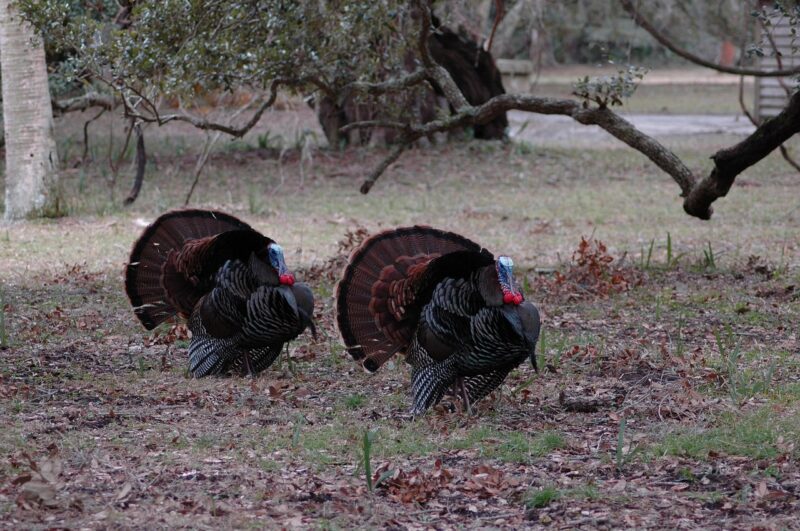
6. Over Calling
Years ago when I was co-editor of a national turkey hunting magazine, a reader took me to task in severe fashion for suggesting a conservative approach to calling. “I like to call loud, long and often,” he wrote, “and I’ve killed seventeen turkeys.” I checked out his geographical whereabouts and as I already suspected, he lived in a location where to some degree that approach might work because of relatively little pressure and the sub-species of bird (Rio). He also was almost certainly hunting private land. I replied politely (well, somewhat so—diplomacy isn’t my strong point) but suggested that if he wanted to enjoy a steady diet of failure, stone soup or feather stew, to give public land hunting in the Southeast a try using his approach to calling. I also couldn’t resist adding that seventeen turkeys didn’t quite qualify him for authoritative status and quoted Archibald Rutledge to the effect that after he killed his 339th bird he felt he had possibly reached “the kindergarten stage” in his evolution as a turkey hunter.
The essence of the matter is that turkeys don’t talk all the time and neither should you. I like the advice my mentor in the sport, a grand old master named Parker Whedon, offered. “Get his attention and lay a heavy dose of silence on him” was his recommendation. He called sparingly, softly and at intervals of a quarter hour or so. The only time that varied much was when he “read the temperature” of a gobbler and decided more aggressive calling might make sense.
7. Lack of Calling Versatility
When you figure out precisely what scratches a gobbler’s itch you’ll become a turkey-killing machine, but the odds of that happening are, as the eminently quotable Rutledge once put it, pretty much on the level of “a golfer making nine consecutive holes in one.” Different sounds evoke different responses from longbeards, and what seems to be just the ticket one day is greeted by the sound of silence the next. Accordingly, it behooves the serious hunter to master several different types of calls—diaphragms, slates, box calls, suction yelpers, tube calls and the endless variations on each of these basic types of instruments of seduction. Versatility in the use of calling skills and calling instruments is a real asset, and a reasonable degree of proficiency with at least three types of call should be the goal of every hunter. Otherwise he’s making a mistake by limiting his horizons.
8. Failure to Do Your Homework
Simply put, when it comes to turkey hunting there’s no real substitute for feet on the ground. You can read “turkey hunting mistakes” articles like this one until the cows come home and the birds go to roost, but the serious hunter is going to spend appreciable time in the field—in season and out. Pre-season scouting, noting the location of dusting spots, favored travel routes, feeding spots, strut zones, prime roosting areas and much more will make you a better, more effective hunter. Success is, in no small measure, the product of hard work and learning from those efforts.
9. Impatience
Turkey hunting produces powerful impulses to be impatient, and two characteristics ever hunter should cultivate are patience and persistence. This translates to things like one more series of yelps and fifteen minutes more spent in a set-up spot before moving on. This means staying out a little longer, walking a little farther, forcing yourself to keep still and much more. It’s fine to be aggressive, but without patience, a willingness to let the game come to you, too often the price one pays is frustration and failure.
10. Equipment Errors
It’s surprising how often turkey hunters fail because of improper or malfunctioning equipment. This may be a diaphragm which blows a reed, an air cushion springing a leak, a semi-auto shotgun which won’t fire because you tried to be quiet when loading and didn’t get full closure, leaving your face mask behind or any of countless other factors. If you hunt turkeys much you will have such snafus. Most often they aren’t bad luck; they are poor judgment. Having an equipment checklist is helpful, as is a mental equipment run-down before each hunt. Preparation doesn’t automatically translate to success, but it certainly increases one’s odds.
The above-listed considerations are the most common among turkey hunting mistakes, although rest assured there are others. You’ll make them, but the key thing is to minimize repetition. Keep a diary, record your errors and study to improve. When you quit learning it’s probably time to quit, or as legendary outdoorsman Horace Kephart put it more than a century ago, “there’s no graduation day in the school of the outdoors.”
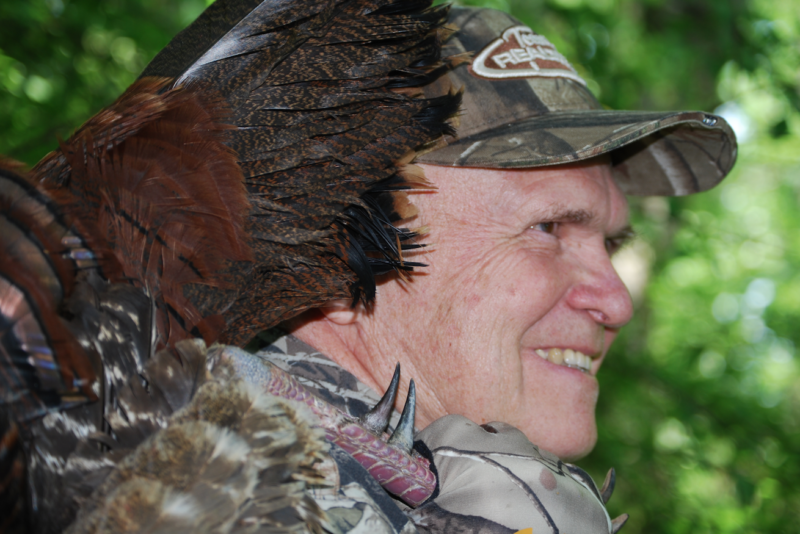 Note: Jim Casada is Editor-at-Large and Book Columnist for Sporting Classics. He has written extensively on turkey hunting and two of his books, Remembering the Greats and The Literature of Turkey Hunting, are available through the Sporting Classics Store. To sign up for his free monthly e-newsletter or learn more about his latest book, A Smoky Mountain Boyhood: Memories, Musings, and More (also available through the Store), visit Jim Casada Outdoors.
Note: Jim Casada is Editor-at-Large and Book Columnist for Sporting Classics. He has written extensively on turkey hunting and two of his books, Remembering the Greats and The Literature of Turkey Hunting, are available through the Sporting Classics Store. To sign up for his free monthly e-newsletter or learn more about his latest book, A Smoky Mountain Boyhood: Memories, Musings, and More (also available through the Store), visit Jim Casada Outdoors.
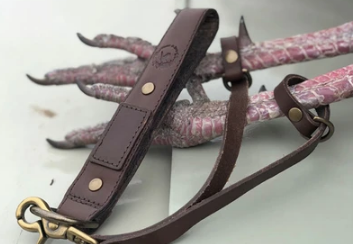 You strive to live a life without compromise, hauling your turkey out of the woods should be no different. Crafted from vegetable tanned, bridle leather the carry handle is comfortable and the double leather lanyard straps are designed to loop around your turkey’s legs for an easy over-the-shoulder walk out. Limited lifetime guarantee. Complimentary embossing is available up to three letters. Buy Now
You strive to live a life without compromise, hauling your turkey out of the woods should be no different. Crafted from vegetable tanned, bridle leather the carry handle is comfortable and the double leather lanyard straps are designed to loop around your turkey’s legs for an easy over-the-shoulder walk out. Limited lifetime guarantee. Complimentary embossing is available up to three letters. Buy Now

